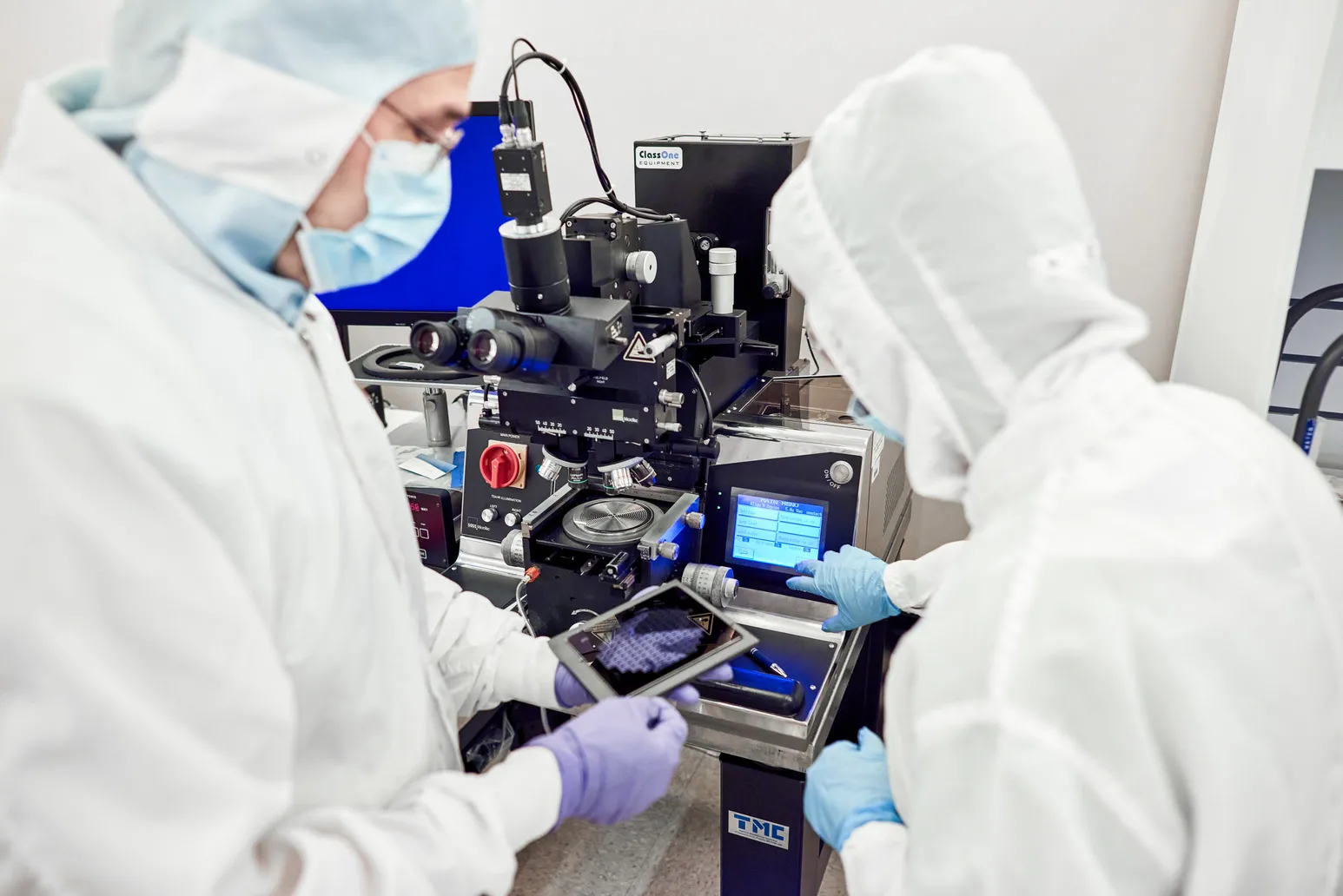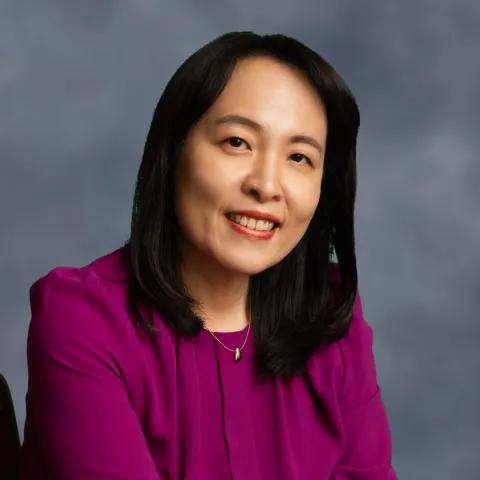
EAS Research
Contact Me
UCCS College of Engineering and Applied Science Research News
Loading Event List...
Previous News
Loading Event List...
Computer Science
To learn more about Computer Science Research, please click the button below.
Electrical and Computer Engineering
To learn more about Electrical and Computer Engineering, please click the button below.
Mechanical and Aerospace
To learn more about Mechanical and Aerospace Research, please click the button below.
Cybersecurity Research
To learn more about Cybersecurity Research, please click the button below.
Additional Resources
Contact Information
Dr. Heather Song
Associate Dean of Research and Graduate Studies, ENGR 294
Research Information
hsong@uccs.edu | 719-255-3143
